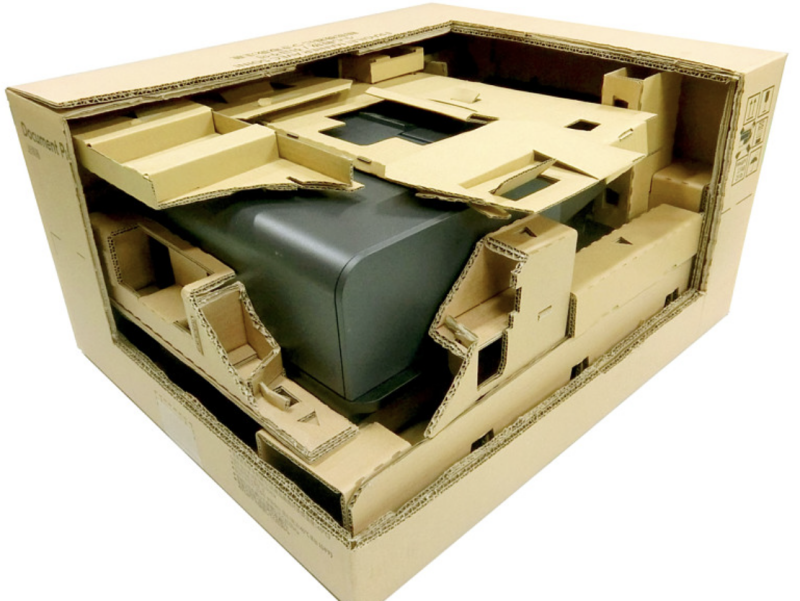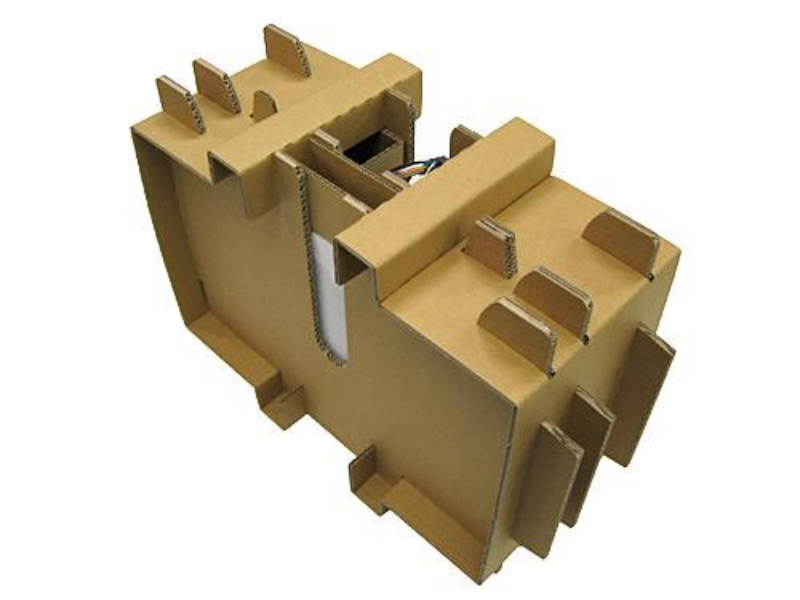Against the backdrop of increasingly stringent environmental regulations in the ASEAN region, corrugated paper cushioning packaging is rapidly replacing traditional foam plastics and becoming a new choice for the manufacturing and logistics industries. The latest industry report shows that the adoption rate of corrugated paper cushioning packaging solutions in the Southeast Asian market will increase by more than 40% year-on-year in 2025, and this trend is particularly evident in the export of electronic products, food and beverages, and automotive parts.

Policy and Market Dual Drive
As many countries implement new environmental tax policies, the cost of foam plastic packaging has risen significantly. At the same time, improved corrugated paper solutions have made breakthroughs in key indicators such as moisture resistance and compressive strength, and some high-performance products can meet the transportation requirements of precision instruments. Major e-commerce platforms and manufacturers in the region are testing foldable corrugated cushioning modules on a large scale. Initial data show that packaging efficiency has increased by 60% and transportation damage rate has decreased by 45%.

Technological innovation to meet regional challenges
For the high temperature and high humidity environment unique to Southeast Asia, the new generation of nano-coating technology and special flute design have significantly improved the durability of paper-based packaging. The composite structure corrugated paperboard developed by our company has a compression resistance close to that of traditional EPS foam while maintaining 100% recyclability. This progress makes it possible to apply corrugated solutions in high-demand scenarios such as cold chain logistics.
Future Outlook
Industry analysts predict that with the improvement of regional recycling infrastructure and the reduction of costs brought about by large-scale production, the penetration rate of corrugated paper cushioning packaging in Southeast Asia's high-end manufacturing sector is expected to exceed 50% by 2027. This transformation not only responds to the global sustainable development initiative, but also provides environmentally friendly solutions that meet international standards for enterprises in the region, helping to break through green trade barriers.
Post time: 2025-07-08 14:29:48


